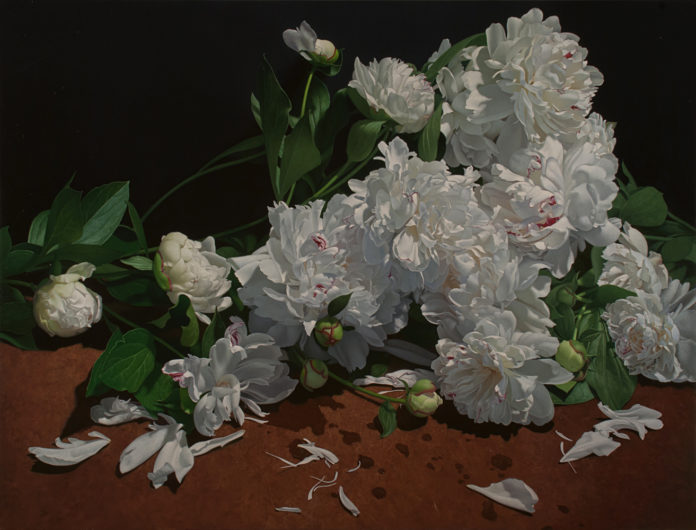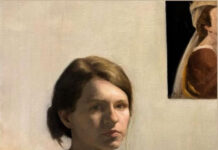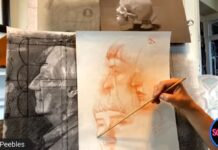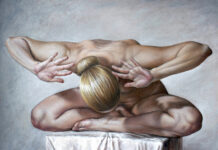“There are thousands of options every time you pick up a brush,” says Nancy Depew, a master of contemporary realism. “What will guide the decisions you make and what priorities will be revealed by those decisions? Those are the questions that fascinate me. My paintings are done only after I’ve resolved every question.”
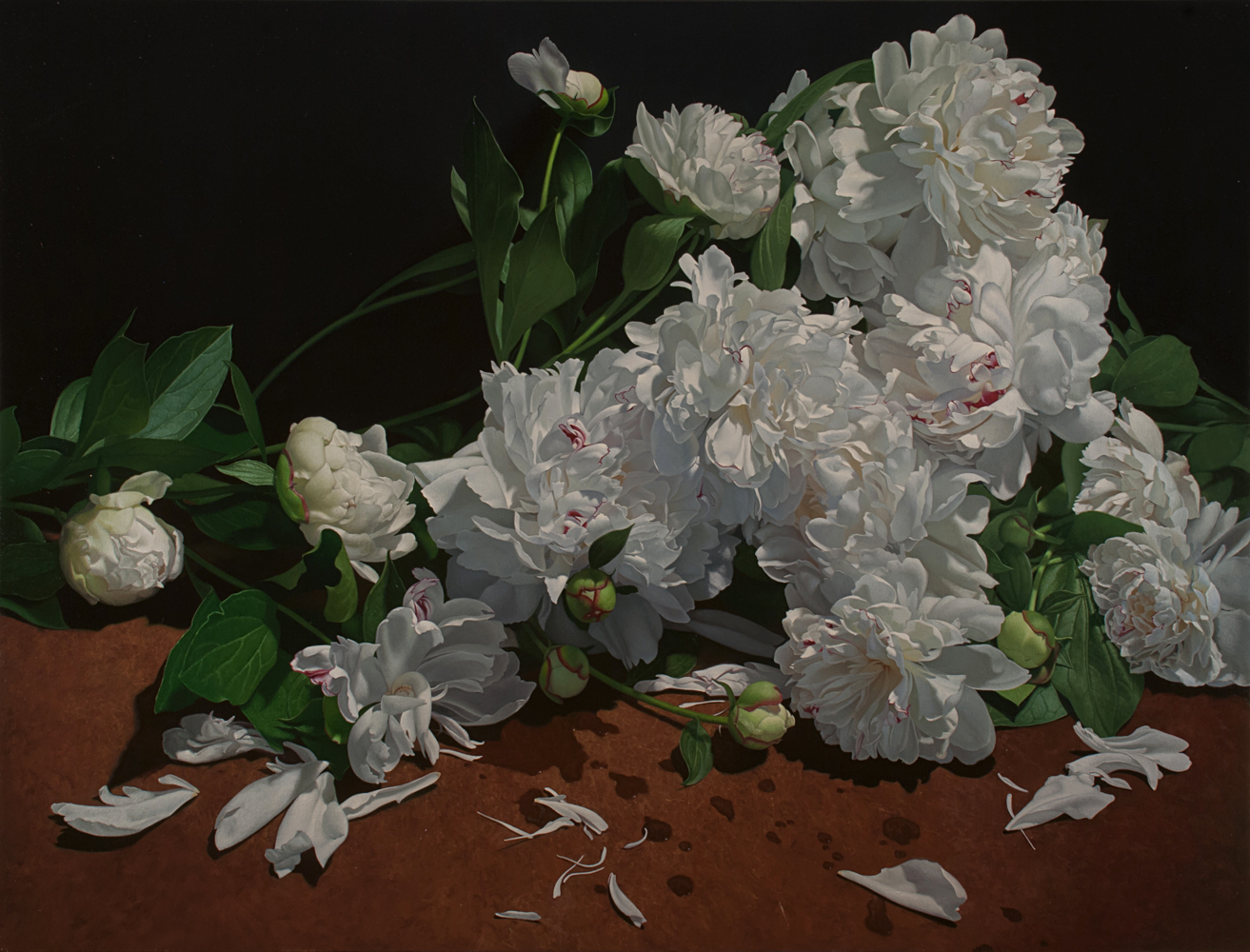
Contemporary Realism: Quixotic Pursuits in Art
By Nancy Depew
Early on, before I knew any better, I believed that I simply lacked the technical knowledge to execute a work of art. I felt fairly certain that the majority of my problems would be solved if I could just find out the right secrets, the right stuff. It was merely a simple matter of some technical knowledge that separated me from the art I hoped to make. I began accumulating every book I could get my hands on that dealt with the technical aspects of painting. I quickly learned a lot, and practice led to understanding, but it soon became very clear that the more one learns, the more there is to know. Although I began to make technically proficient paintings, I wasn’t necessarily making good art.
It didn’t take long to realize that everything I could learn about, everything I experienced, added to my ability to make a work of art. Having once been a horrible student, I found myself developing a real hunger for knowledge. I started taking art history seriously and began to study the work of artists outside of my comfort zone. But I also started developing an appetite for knowledge from a whole array of other fields, an appetite that hasn’t lapsed in all these years. I eventually found my way to graduate school, and it was there that I began to make serious progress sorting out all of the conflicting information, the wants and desires, the hopes, fears, agonizing uncertainty, and downright confusion that were preventing me from moving on a path that felt right, my own path, using my own voice. I took many missteps along the way, and have learned many painful lessons, but they have all made me a better artist.

One difficulty I’ve had to struggle with comes from my real love of paint. I am thoroughly fascinated with the stuff and when I see the work of great painters, I am easily filled with lust for the techniques and approaches they use. But I found real danger in the desire to emulate other painters, and falling under their influence has often distracted me from my own story. It was an important lesson for me to learn — that I can appreciate the work of other artists, empathize and connect deeply with their work and their choices, but not necessarily work in that same manner. I am always fascinated to learn about how they approach their work, but I have placed my own voice and my own identity at the core of my work. I make the stylistic choices that best fit my intentions.
I try to avoid a formulaic approach to painting. I don’t have a set method that I repeat each time I work. I think of art-making as a process, where the experience of working leads to insight, revelation, and discovery. It’s an adventure filled with perils and surprises. I try to respond to the artwork as it forms, choosing options that will lead me to learning the most I can from and about the work. This is often not the fastest way to make a painting. But it is the best way I have found for making art I’m happy with. There are thousands of options every time you pick up a brush. What will guide the decisions you make and what priorities will be revealed by those decisions? Those are the questions that fascinate me. My paintings are done only after I’ve resolved every question.
Related Article > Tony Pro: Getting to the Next Level

I still put a lot of emphasis on the technical aspect of my paintings, but I have come to think of technique in fluid terms, a tool I use to work for me. There are certain constants that I choose to work with again and again. I use the best materials I can get my hands on, simply because I find the results to be that much easier and better. I stick to a simple palette, mostly relying on primary colors so that I have to mix all the colors I use. I take mixing very seriously and use it as a way to learn everything I can about color.
When I start a painting, I begin with subject matter that I connect with deeply. While focusing on the intuitive aspects of the subject, I look for a visual, rather than a verbal idea. I find the words that eventually become titles during the process of painting. In my most recent work, I combine traditional layered painting techniques with more contemporary approaches to create a highly realized, three-dimensionally believable image, but I am not interested in documenting reality. I take many liberties with my subject matter. I use still life, landscape, and the figure as a vehicle for a highly orchestrated exploration of a metaphysical terrain. I dig into the nature of experience.
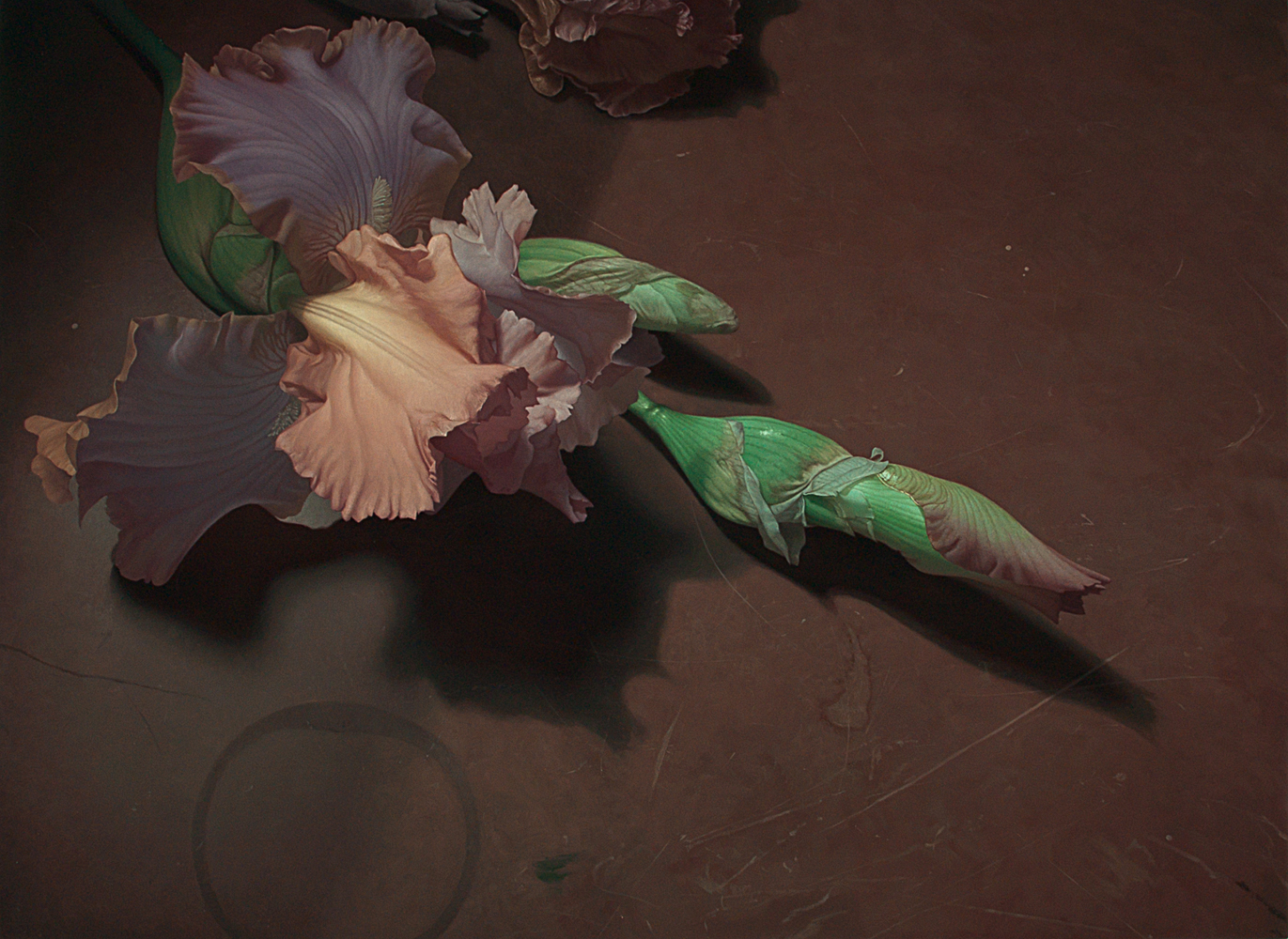
Over the years I’ve continued to challenge myself, and so I’ve made successful work and unsuccessful work. I’ve taken risks, so I’ve spent as much time stumbling as I have moving forward. The good news for me is that I have learned from all of it. I know others have taken more direct and safer routes, but I’m content with all my wanderings. If I’m lucky, I’ll spend many more years indulging in the quixotic effort of pursuing the elusive ideas that turn into art.
Learn more about Nancy Depew and her contemporary realism art at www.depewstudio.com.
Related > Daniela Astone: Creating an Elegant Still Life


